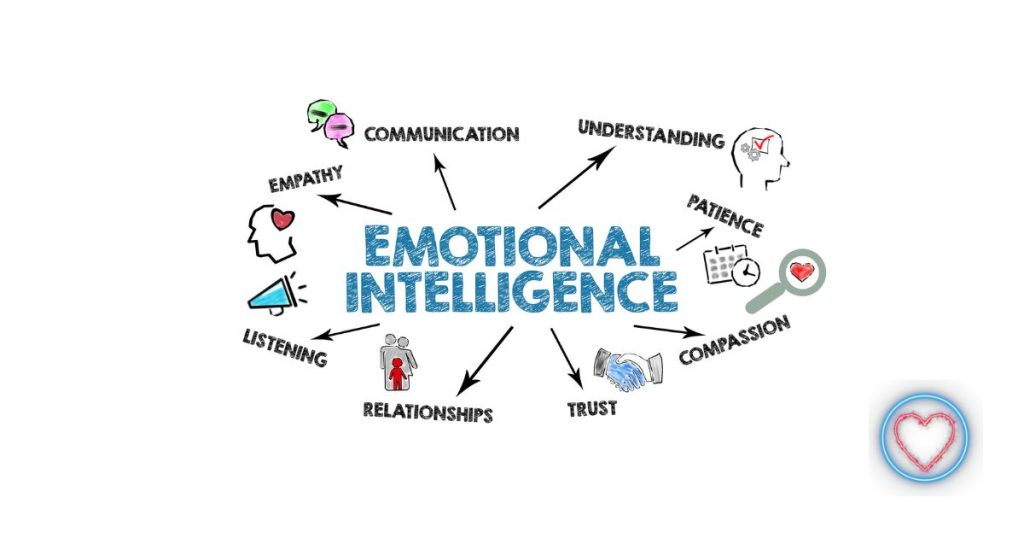Introduction
Procrastination is a universal experience—one that sneaks into our lives subtly, convincing us there’s always tomorrow. Whether it’s putting off a work project, delaying a personal goal, or simply not responding to an email, procrastination can rob us of productivity, peace of mind, and even our dreams. The irony? Most of us know we’re procrastinating, yet we feel powerless to stop.
But procrastination is not a character flaw or a sign of laziness. It’s often a coping mechanism—an emotional response to fear, stress, perfectionism, or self-doubt. By understanding its root causes and applying actionable strategies, you can break the cycle and reclaim your time and motivation.
In this comprehensive guide, we’ll explore the psychology of procrastination, practical tools to overcome it, and habits that foster long-term productivity and fulfillment.
Understanding the Roots of Procrastination
Before diving into solutions, it’s essential to understand why we procrastinate. It often stems from:
1. Fear of Failure
When a task seems difficult or success feels uncertain, fear can paralyze us. Rather than risk failure, we avoid starting altogether.
2. Perfectionism
Striving for perfection can lead to chronic delays. If we believe our efforts won’t be flawless, we hesitate to even begin.
3. Overwhelm
Big projects or long to-do lists can feel daunting. Without a clear starting point, we freeze.
4. Lack of Motivation or Interest
Let’s be honest: we’re more likely to delay tasks that don’t excite or engage us.
5. Low Self-Efficacy
If you don’t believe you can complete something successfully, procrastination becomes a form of self-protection.
Understanding these triggers helps shift the conversation from self-blame to self-awareness—an essential first step in change.
The Procrastination-Reward Loop
Procrastination isn’t just a bad habit—it’s a behavioral loop reinforced by our brain’s reward system. When we delay a task, we feel temporary relief. This relief is rewarding and conditions us to repeat the behavior.
Example:
- Task: Writing a report
- Emotion: Anxiety or boredom
- Action: Open Instagram instead
- Reward: Instant relief and distraction
- Result: The cycle continues
To break free, we must disrupt this loop and replace avoidance behaviors with healthier responses.
Step-by-Step Strategies to Overcome Procrastination
1. Start with Self-Compassion
Beating yourself up only deepens shame and avoidance. Research by Dr. Kristin Neff shows that self-compassion leads to greater motivation than harsh self-criticism. Try saying, “It’s okay to struggle sometimes. What can I do next?”
2. Identify the “Why” Behind the Delay
Take a moment to ask:
- Am I afraid of failing?
- Am I overwhelmed?
- Do I need more clarity?
Naming the emotion reduces its power. From there, you can address the real obstacle.
3. Break Tasks into Micro-Steps
Big goals feel intimidating. Break them into “bite-sized” pieces. Instead of “Write presentation,” start with “Open PowerPoint,” then “Create title slide.” Momentum builds when you focus on one tiny action at a time.
4. Use the 5-Minute Rule
Commit to doing a task for just five minutes. This lowers resistance and often leads to continued progress. Getting started is the hardest part—once you begin, it’s easier to keep going.
5. Time Blocking and Scheduling
Rather than relying on willpower, plan your tasks into a structured schedule. Use time blocks:
- 9:00–9:30 AM: Outline blog post
- 9:30–10:00 AM: Answer emails
Be specific. Vague intentions (“Work on assignment”) rarely lead to action.
6. Prioritize Tasks with the Eisenhower Matrix
Separate tasks by urgency and importance:
- Urgent & Important: Do now
- Important, Not Urgent: Schedule
- Urgent, Not Important: Delegate
- Neither: Eliminate
This clarity reduces decision fatigue and directs your focus to what truly matters.
7. Create a “Focus Zone”
Environment influences behavior. Eliminate distractions by:
- Silencing notifications
- Using website blockers (e.g., Cold Turkey, Freedom)
- Keeping your workspace tidy
- Playing focus-enhancing music or white noise
A distraction-free space cues your brain into work mode.
8. Leverage Accountability
Tell someone your goal—or better yet, work alongside them. Studies show accountability partners significantly increase follow-through. Try coworking virtually with a friend or using apps like Focusmate.
9. Reward Progress, Not Perfection
Celebrate small wins. Finished a paragraph? Take a walk. Sent the email you were dreading? Watch a short video. Rewards reinforce productive behavior and counteract the brain’s procrastination loop.
10. Limit Decision Fatigue
Too many choices can stall you. Limit decisions by:
- Planning tasks the night before
- Standardizing your routine (e.g., work from 9–12 daily)
- Automating low-value decisions (e.g., meal prep, outfits)
Tools and Techniques That Help
1. Pomodoro Technique
Work for 25 minutes, then take a 5-minute break. After four cycles, take a longer break. This method sustains focus while preventing burnout.
2. Habit Trackers
Apps like Habitica or Streaks gamify productivity. Visual tracking of progress builds motivation and consistency.
3. Journaling
Write down:
- What you’re avoiding
- Why
- What small step you can take
Journaling builds clarity and self-awareness, reducing mental clutter.
4. Visualization
Picture yourself completing the task and feeling relieved. This mental rehearsal activates the same brain regions used when taking action.
Procrastination vs. Productive Pauses
Not all breaks are procrastination. Pausing to recharge, reflect, or plan can be highly productive. The difference lies in intention:
- Procrastination = avoidance
- Productive pause = mindful rest
Learn to distinguish between the two by checking in with your goals and feelings.
Long-Term Habits to Prevent Procrastination
1. Build a Morning Routine
A consistent morning routine primes your mind for the day ahead. Include activities like:
- Journaling
- Meditation
- Planning
- Exercise
Starting the day with intention makes it easier to maintain momentum.
2. Clarify Your Goals
Procrastination thrives in ambiguity. Define clear, measurable goals:
- “Write a book” → “Write 500 words each morning at 8 AM”
- “Get in shape” → “Exercise 30 mins, 4 times a week”
Clarity fuels action.
3. Learn to Say No
Overcommitment leads to overwhelm—and procrastination. Protect your time by setting boundaries and prioritizing your most meaningful goals.
4. Reflect and Adjust
End each week by reviewing:
- What went well?
- What did I avoid?
- What will I do differently next week?
Reflection turns experience into insight and supports continuous improvement.
When Procrastination Signals Something Deeper
Sometimes procrastination is a symptom of deeper issues like:
- Depression
- Anxiety
- ADHD
- Burnout
If your procrastination is chronic and interferes with daily life, consider seeking help from a mental health professional. Therapy can uncover underlying patterns and provide targeted strategies for change.
Final Thoughts: Progress Over Perfection
Breaking free from procrastination is a journey, not a one-time fix. You’ll still have days when motivation dips or distractions win. The goal isn’t to be perfect—it’s to stay committed, learn from setbacks, and keep moving forward.
Start small. Be kind to yourself. Take action today, even if it’s imperfect. Because progress, no matter how slow, is still progress—and it always beats standing still.
Quick Recap: 10 Actionable Tips
- Practice self-compassion—ditch the guilt.
- Identify your procrastination triggers.
- Break tasks into tiny, manageable steps.
- Use the 5-minute rule to get started.
- Schedule tasks using time blocks.
- Reduce decision fatigue with pre-planning.
- Optimize your environment for focus.
- Get an accountability buddy or partner.
- Reward small wins consistently.
- Reflect weekly to refine your habits.
You don’t need more time. You need less hesitation.
Take the first small step today—and keep stepping. Your future self will thank you.










